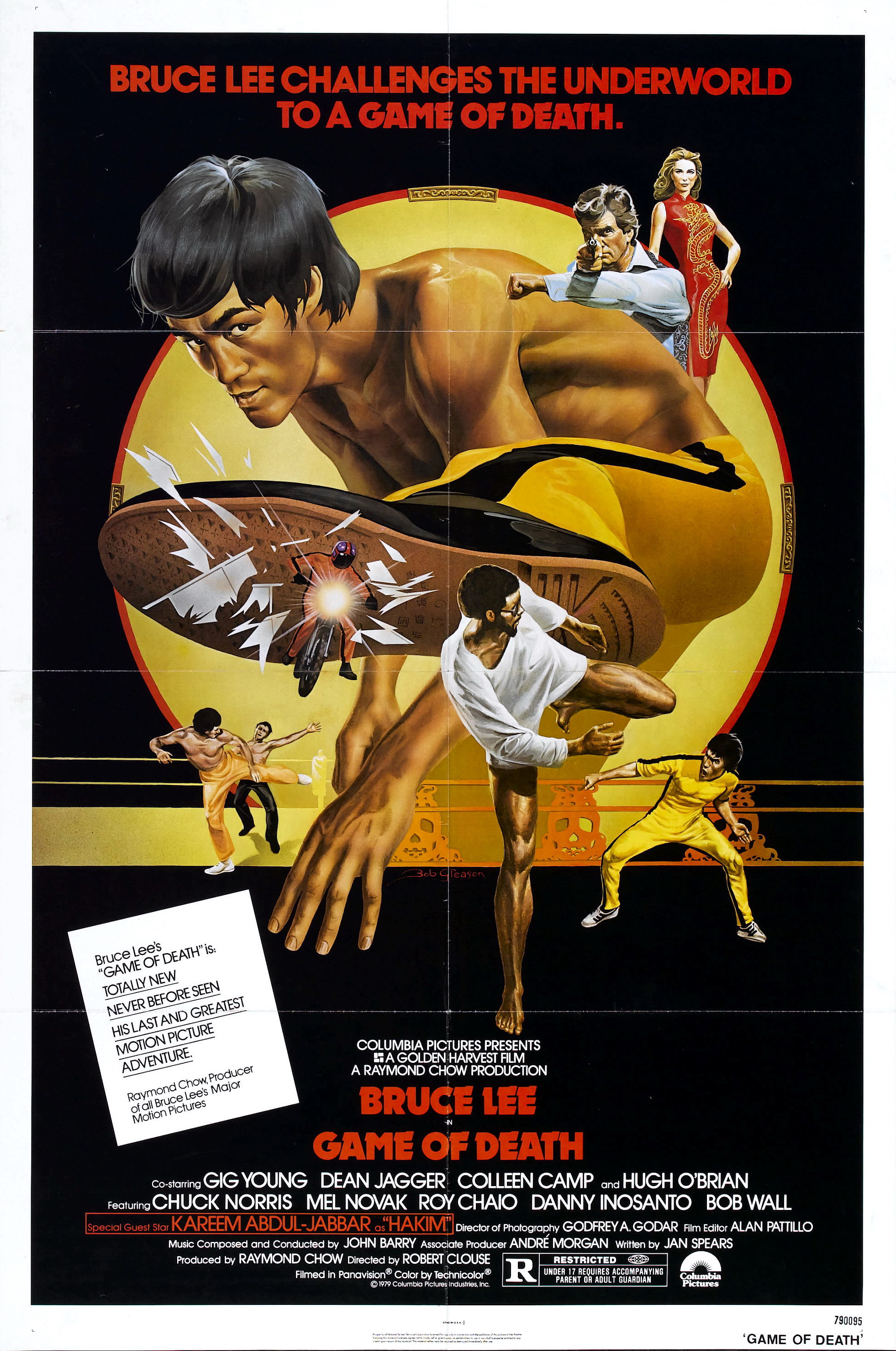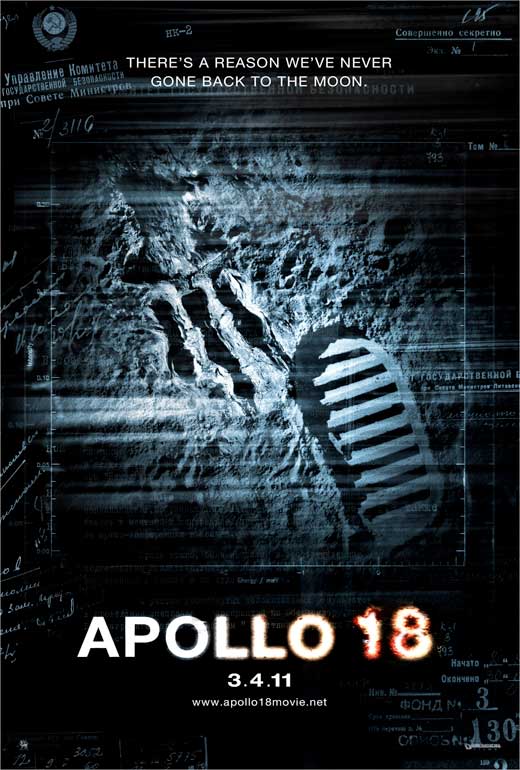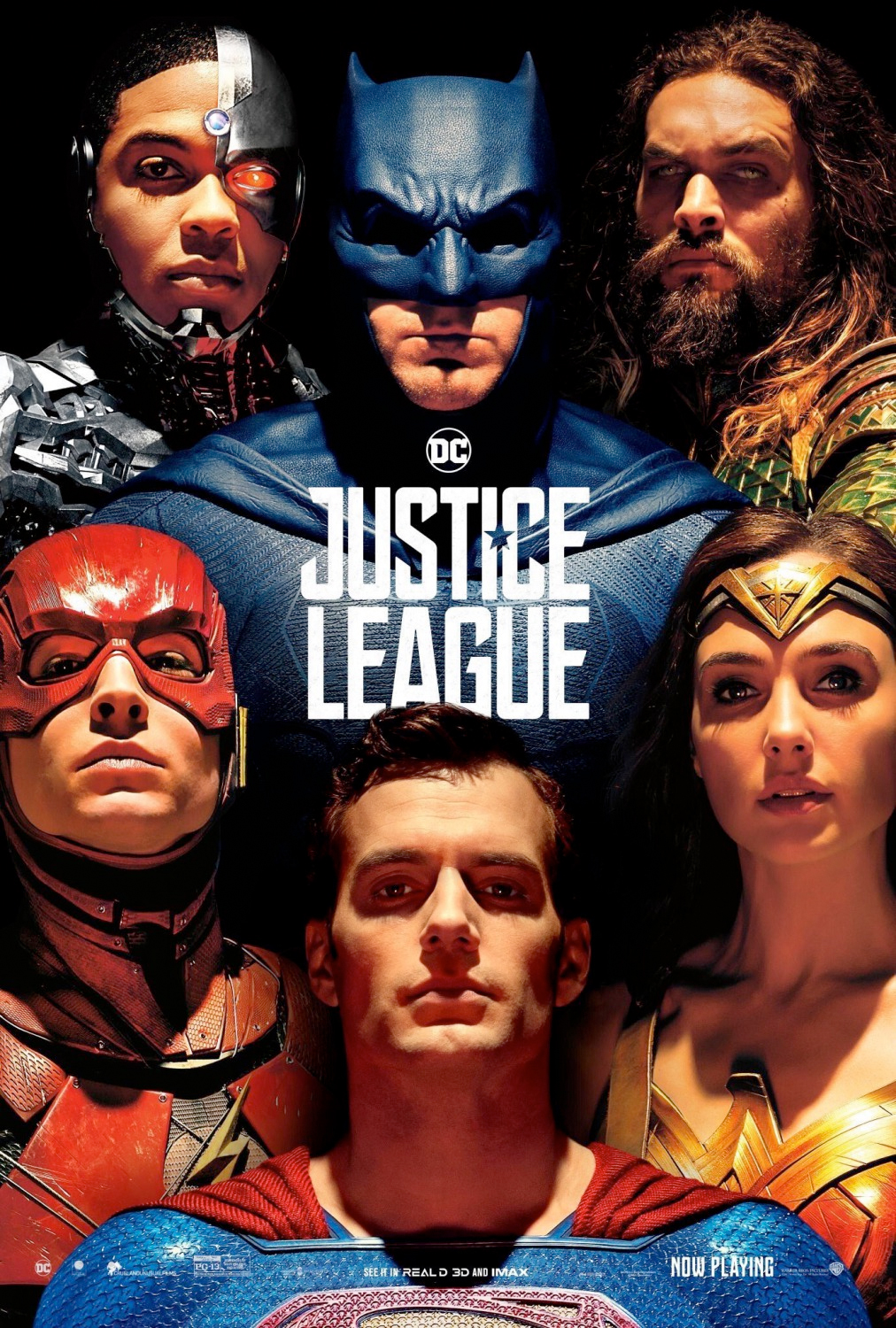
They approved the idea and after taking some more shots, this time with a 35mm camera, Struzan went to work, painting through the night. Struzan used the snap as the basis of a sketch, which was faxed off to the studio. I dressed up in a winter snow outfit and my wife took a Polaroid of me." "I got an immediate concept, which is not unusual for me. "It was a very odd experience," Struzan told. And what's more: the publicity department have no photos to use as reference. They are remaking The Thing and need poster art: is he interested? There is a snag. It is 1982 and artist Drew Struzan's phone rings. Jurassic Parkĭrew Struzan was tasked with creating this poster overnight, with no concept art for reference "Of course all that went over my head as I queued for this film as a child, and I took its most apparent meaning: that of wanting a friend from outer space. Elliot is the innocent, needing guidance or salvation. is cast as Jesus and references to his sojourn on Earth continue through the film. "It's a reference to Michelangelo’s depiction of the creation of Adam in the Sistine Chapel, and that simple allusion heaps meaning on the poster. The former image embodies the Spielbergian modern urban fantasy but the latter is the more interesting. and Elliot's fingers coming together on a starry backdrop.

Designer view:Īlex Mallinson, digital artist and animator: "E.T gave us two iconic images: the Elliot-on-flying-BMX symbol that graces later posters (and the Amblin logo) and the image of E.T. For Alvin, who died in 2008, the design also had a personal touch: the hand of the child in the poster belongs to his daughter, Farah. Spielberg himself is said to have suggested Michelangelo’s The Creation of Adam. Alvin would go on to create posters for films such as Blade Runner, Beauty and the Beast, Gremlins and this stunning creation for E.T. He was working as an illustrator at an animation studio when Goldschmidt recommended him to paint the poster for Mel Brook’s spoof Western Blazing Saddles. Little did he know that his little sideline would pave the way for a career that spanned 35 years and 135 movies. While still at college, John Alvin freelanced for Hollywood art director Anthony Goldschmidt. As Peter writes, “Variations on the same glamour-mag approach – women, breasts, buttocks – were routine, with pictures and typography that often looked as if it had been thrown at the poster rather than artfully arranged.The hand in this poster belongs to the designer's daughter Of course, such sophistication was an exception.

Very occasionally, this formula was broken: when the soft-core masterpiece Emmanuelle was released in 1974, one of the most respected designers in the business – the original Mad Man Steve Frankfurt – was even persuaded to work on the poster campaign. Scantily-clad forms abound suspended above screaming taglines and provocative titles, like the not-so classic Flesh Gordon, Kiss Me Mate, Hot Lunch and Oh! so many more. Their designs required no decoding.” More often than not the posters were crudely printed “cut and paste” collages featuring the over-endowed regulars of the B-movie circuit. Few people ever turned to exploitation movies in search of subtlety: the task of the X-rated graphic artist was to arouse urgent desires that could only be satisfied by a seat in the stalls. Peter Doggett writes in the introduction of the above book:įor connoisseurs of the film poster, porn cinema offers an alternative history of the 1960s and 1970s. Look at the number of fonts used, number of techniques used. They are the most graphically interesting posters of that period. ‘But what I love about them is their spirit. ‘People started watching porn at home, and the films started becoming explicit, which killed the posters,’ says Nourmand, one of the authors of X-Rated Adult Movie Posters of the 60s and 70s. Promising audiences of sexy scenes that more often that not never quite arrived.īy the late 1970s the VHS had arrived which bought the end of the classic x-rated movie poster.

The posters for the x-rated films of the early 1070s were an eruption of ‘prick-teasing’ graphic design.


 0 kommentar(er)
0 kommentar(er)
